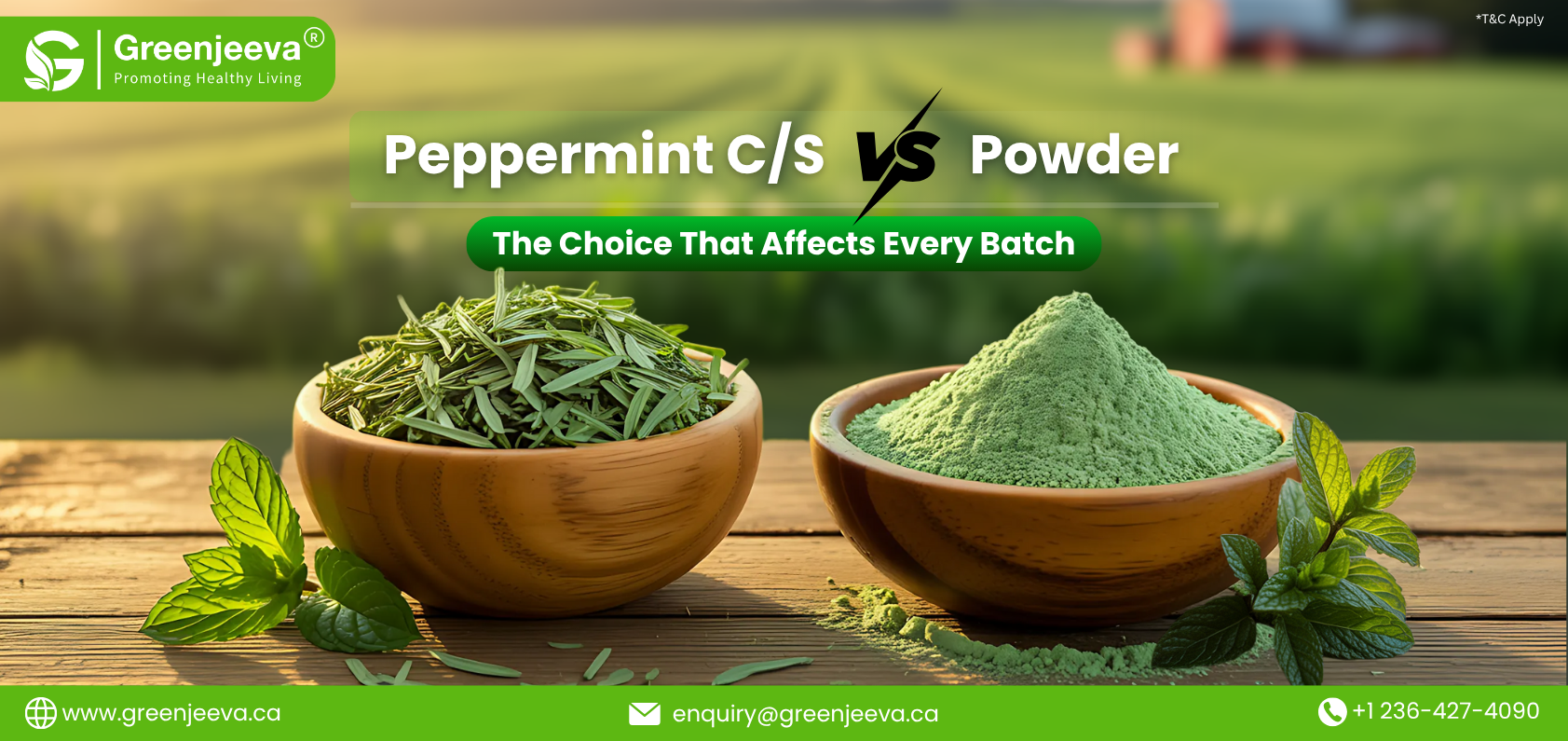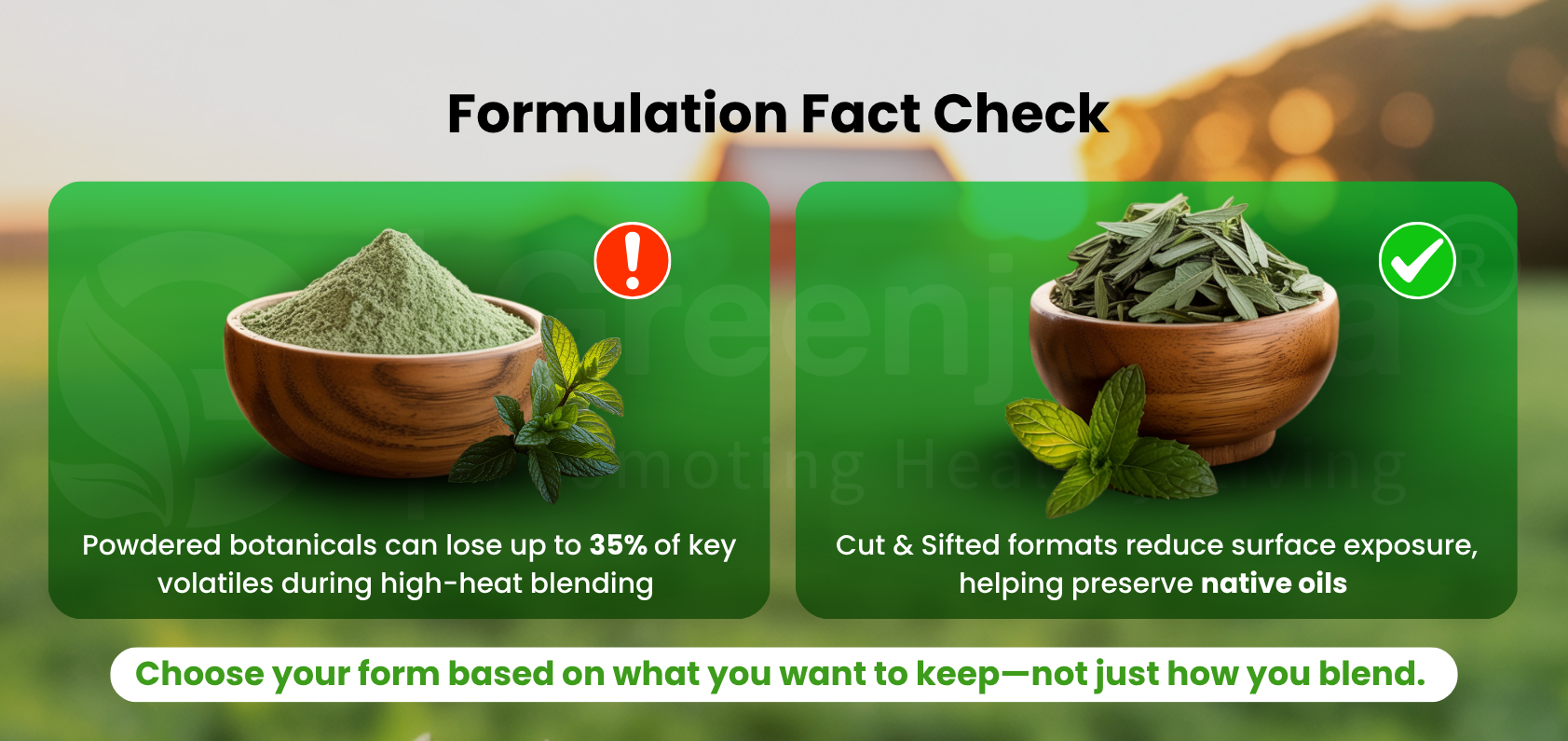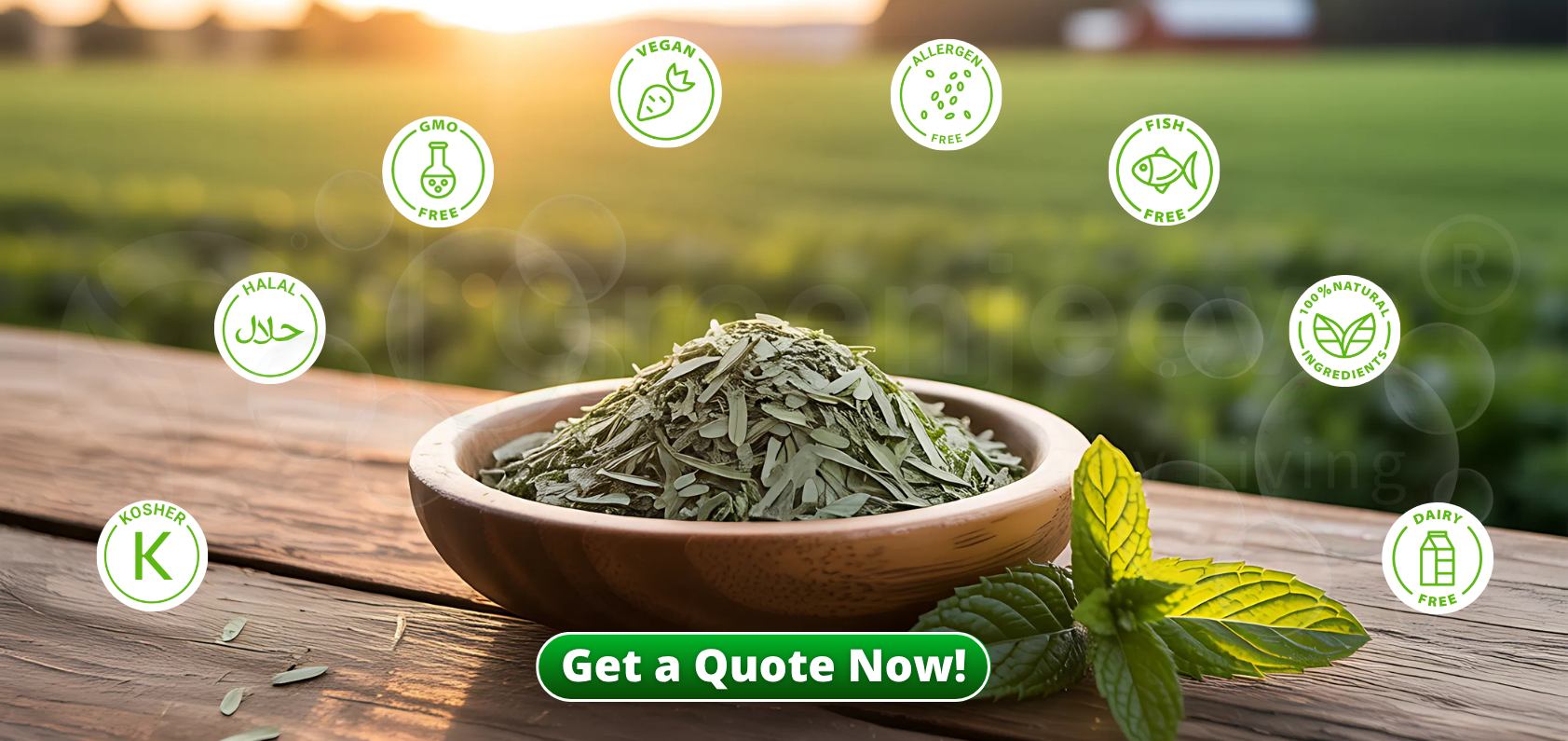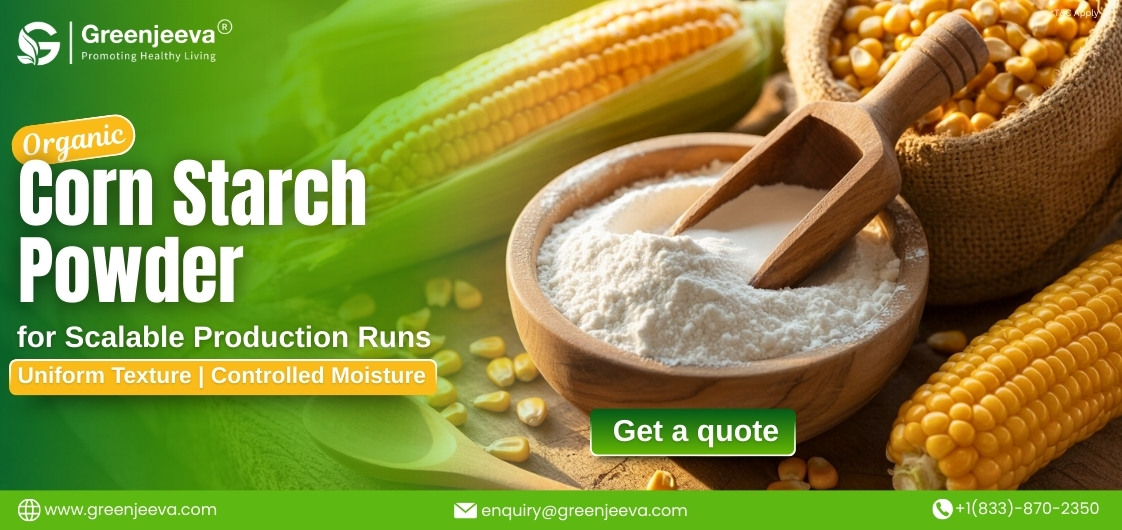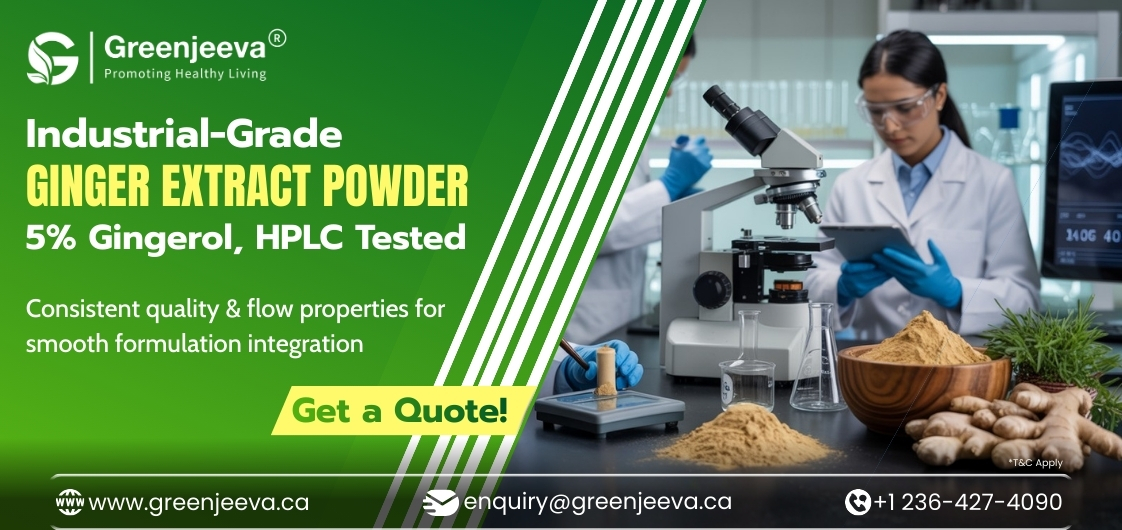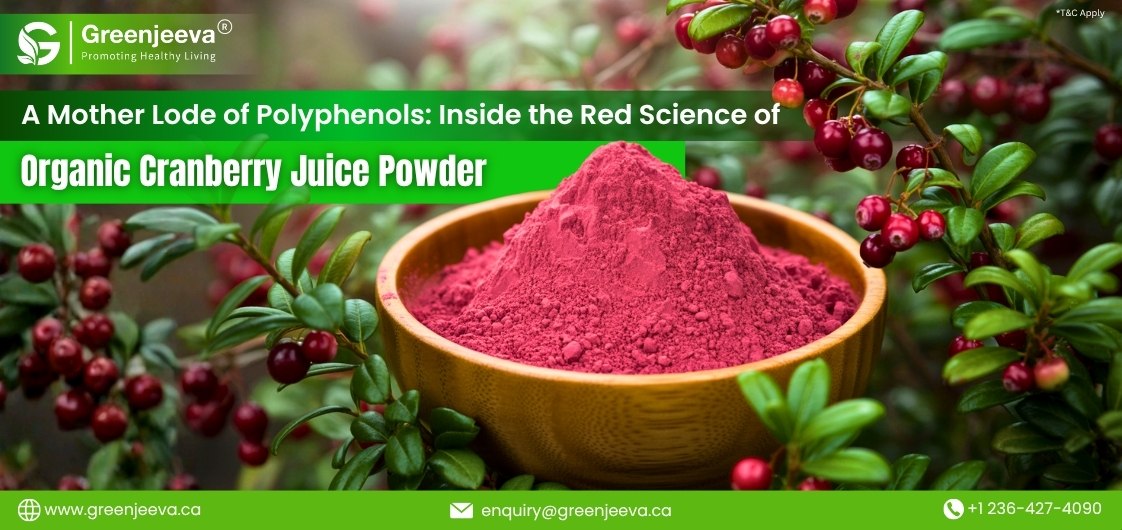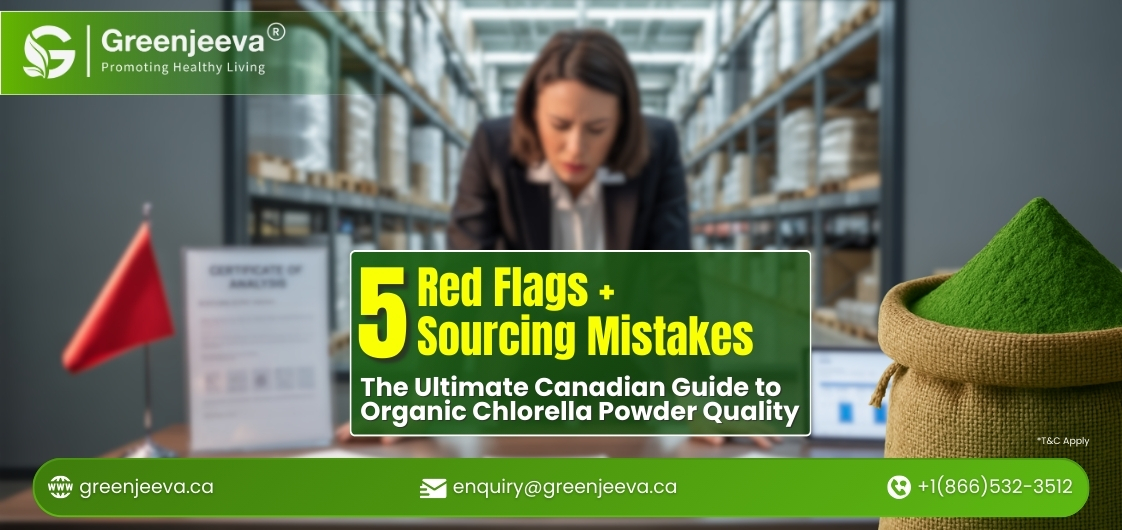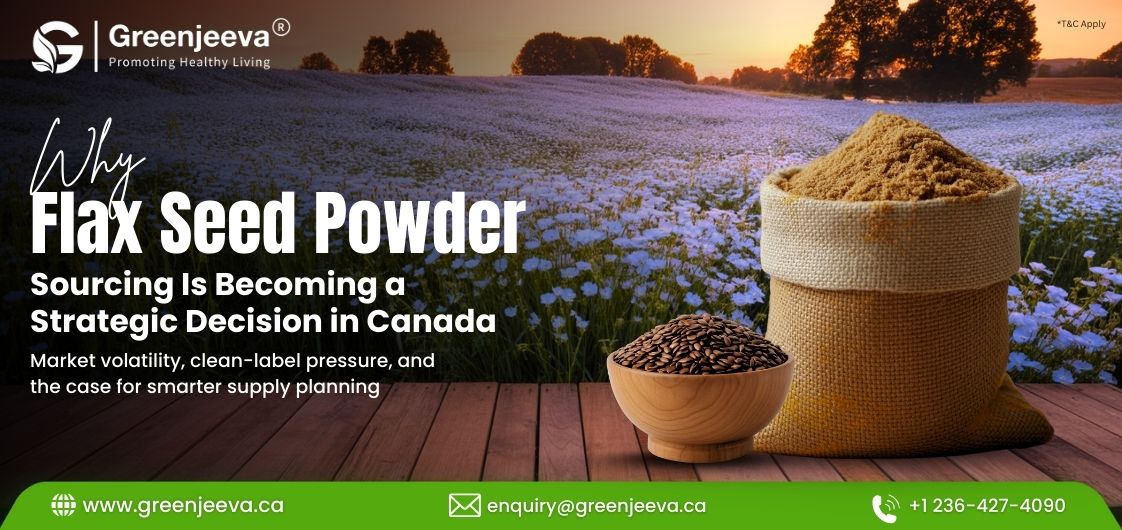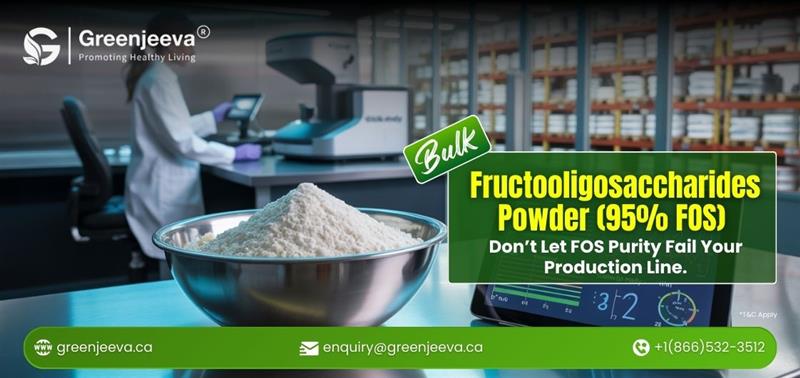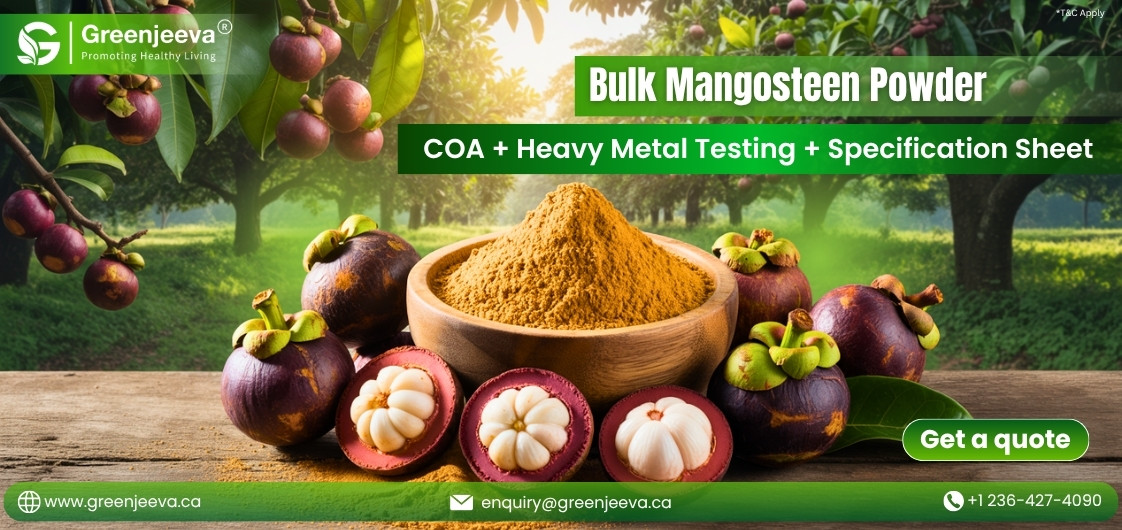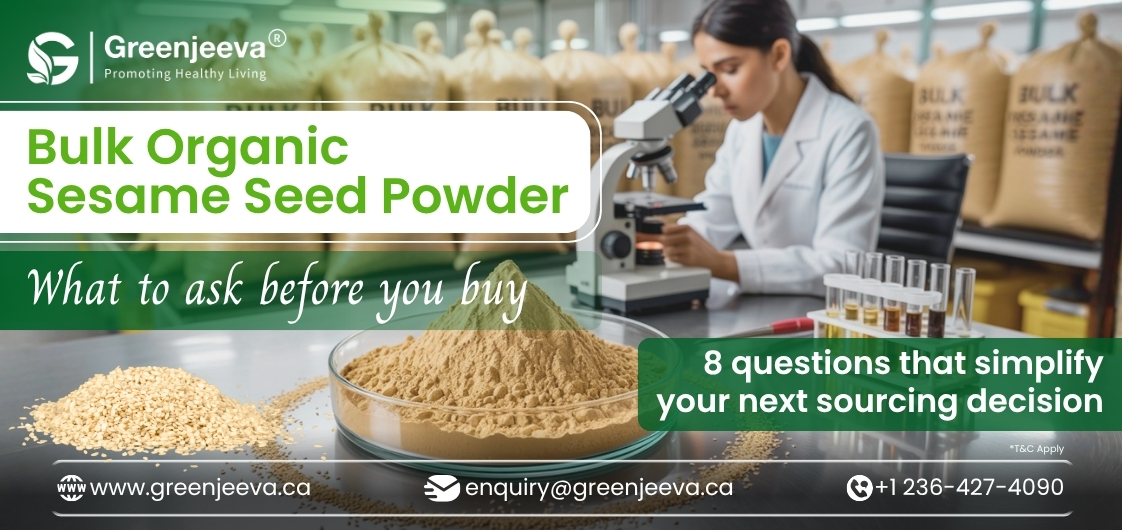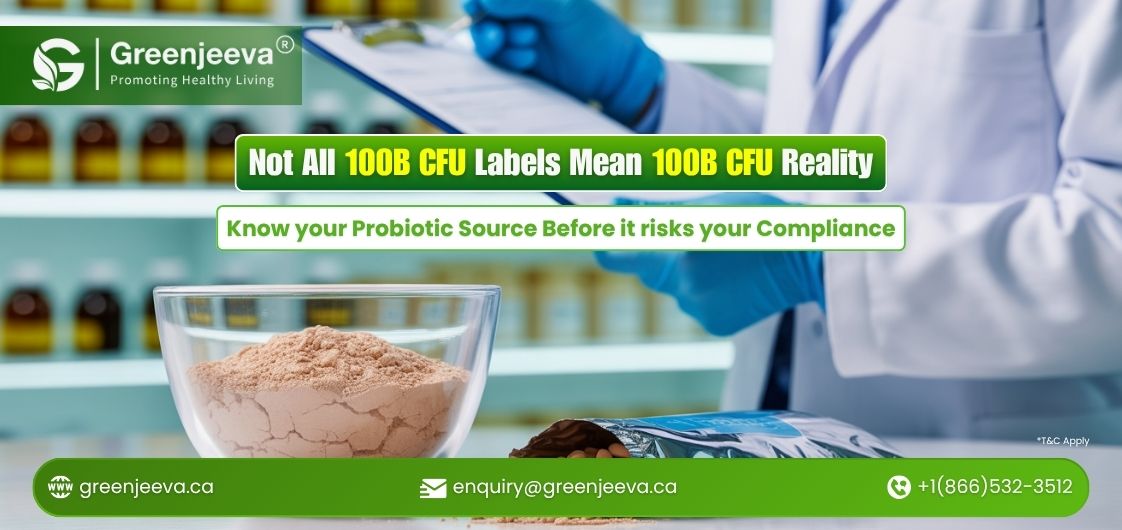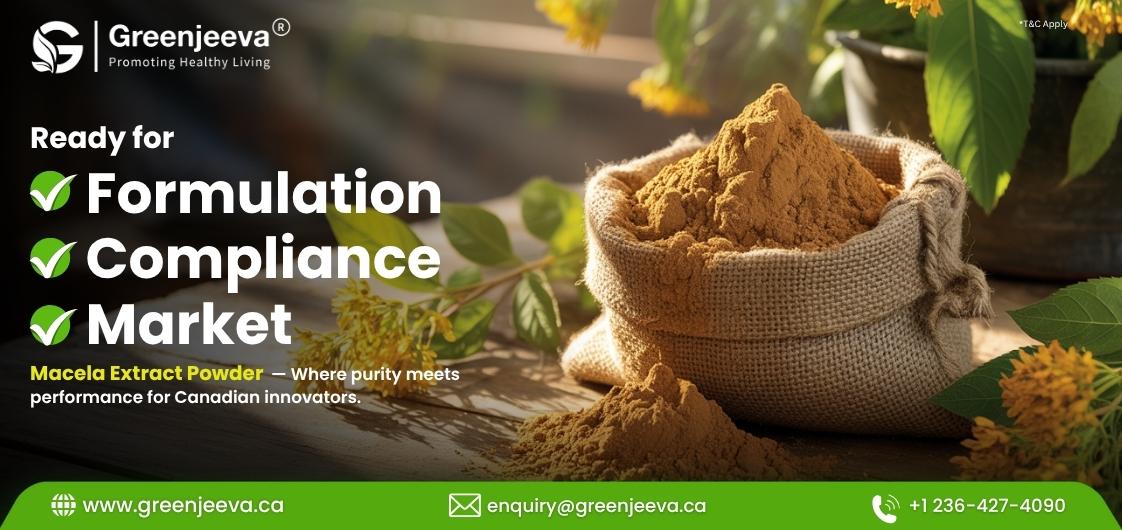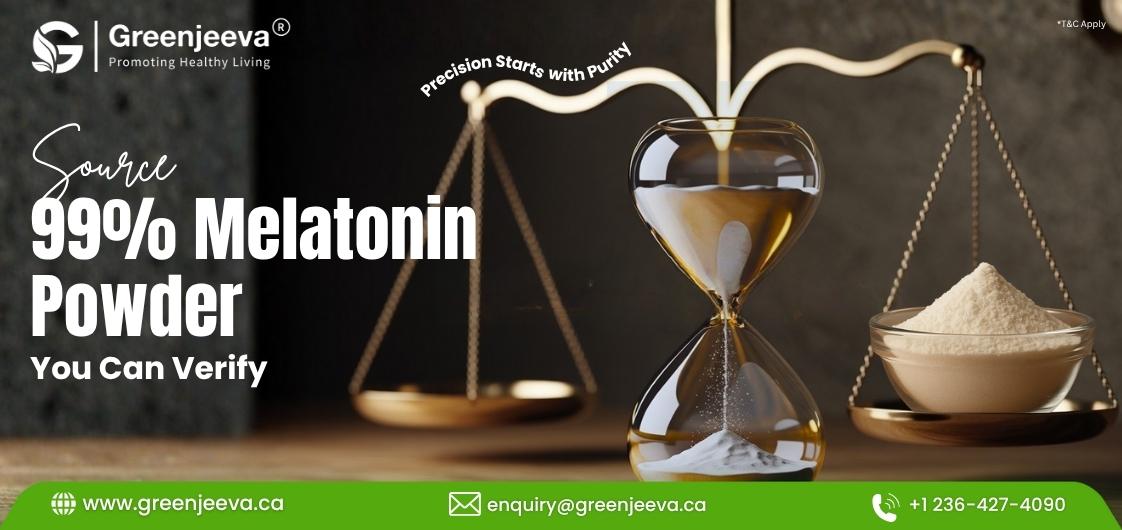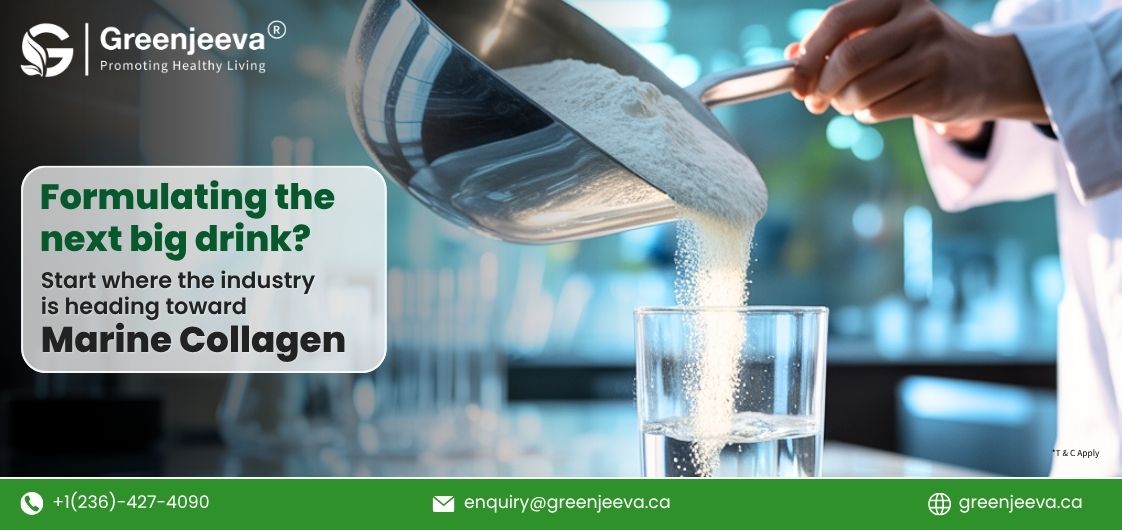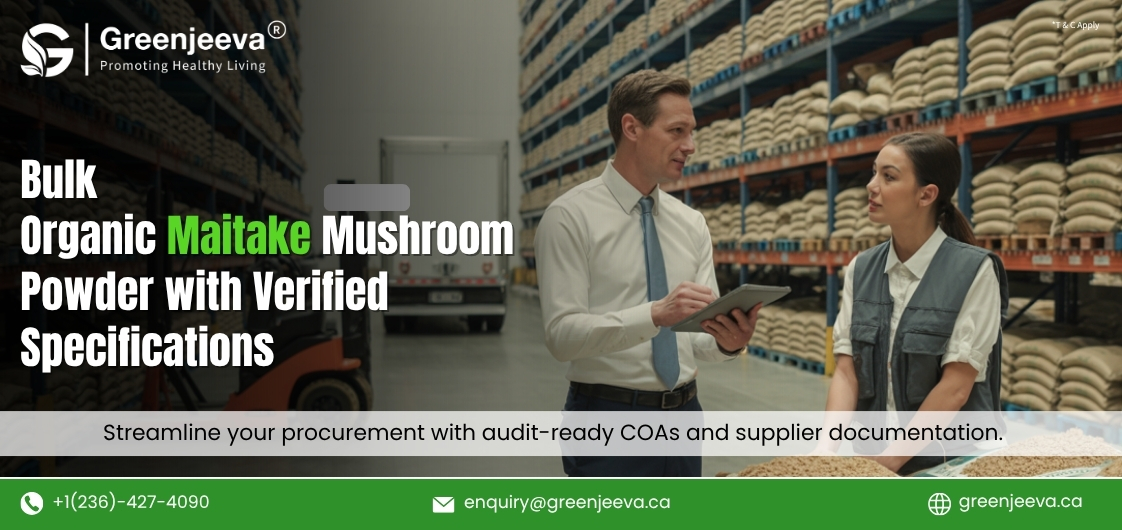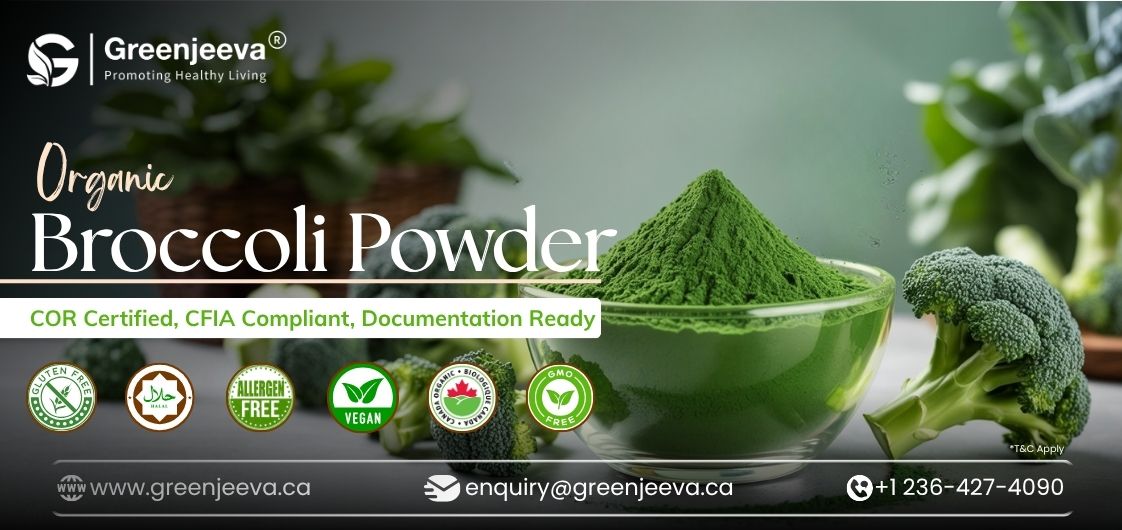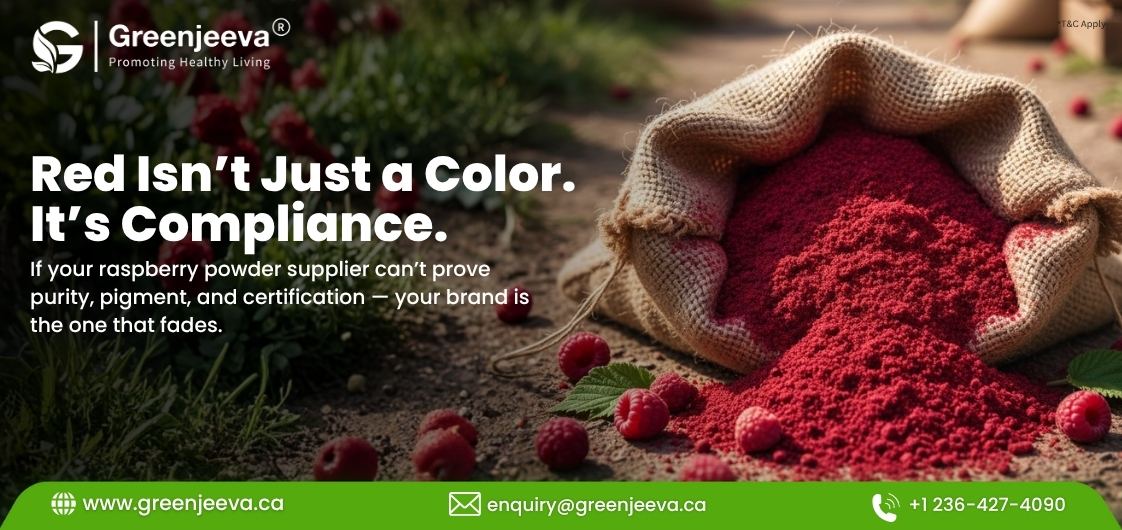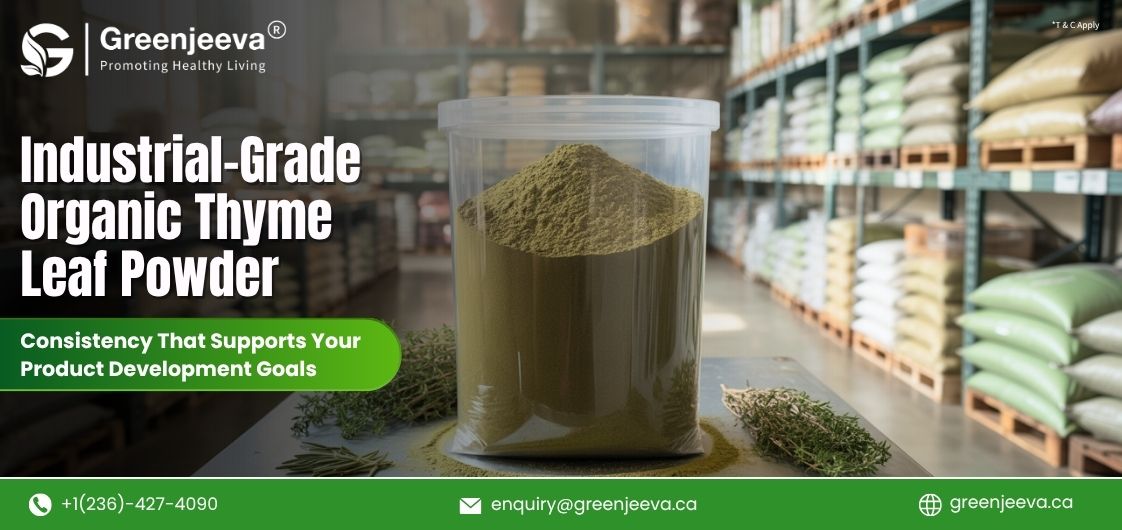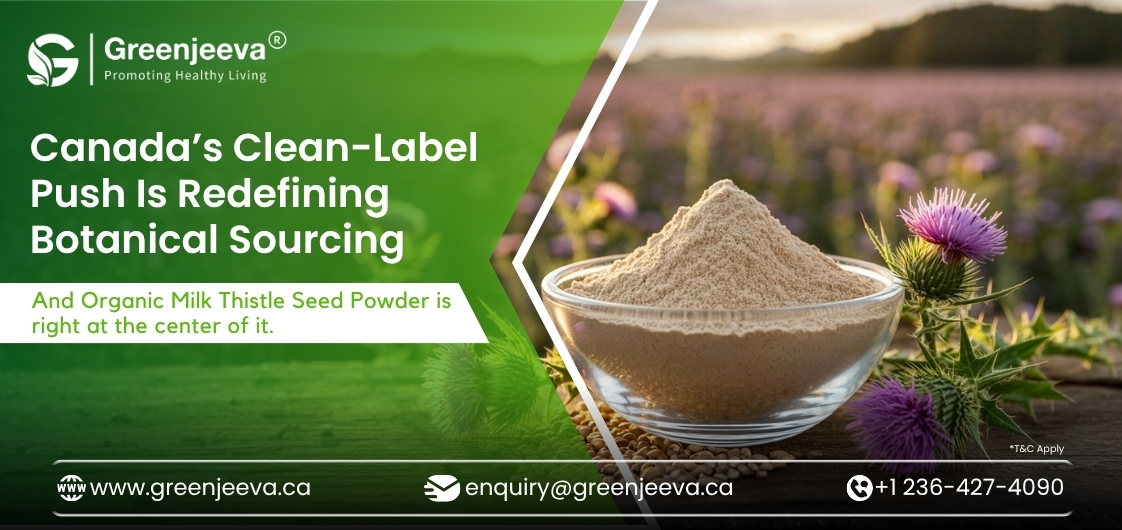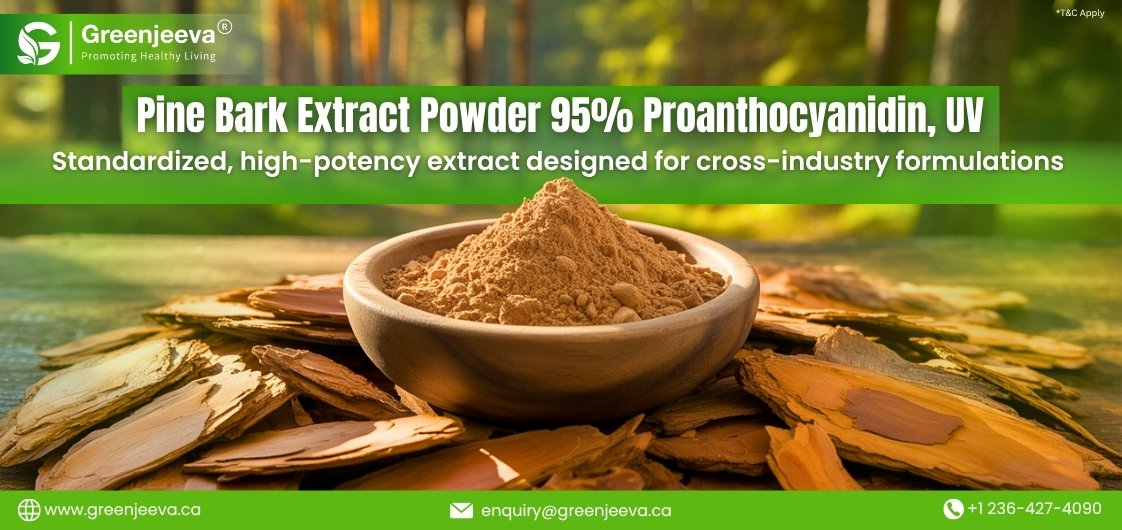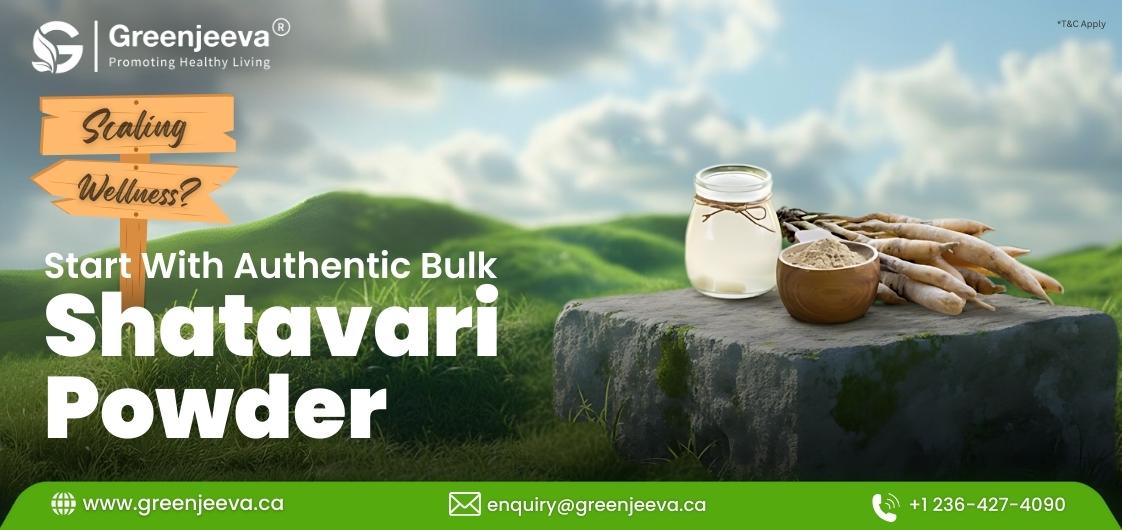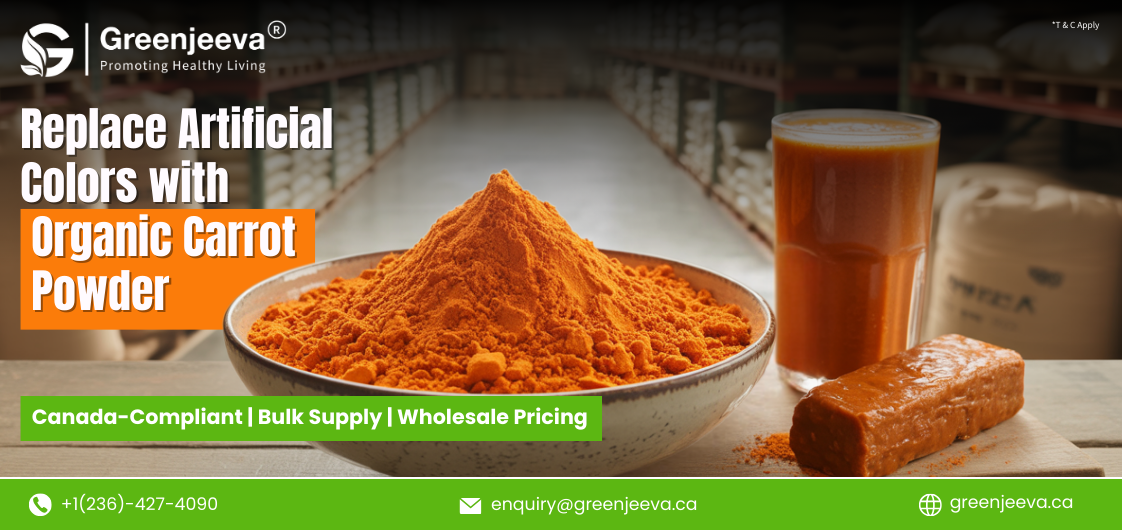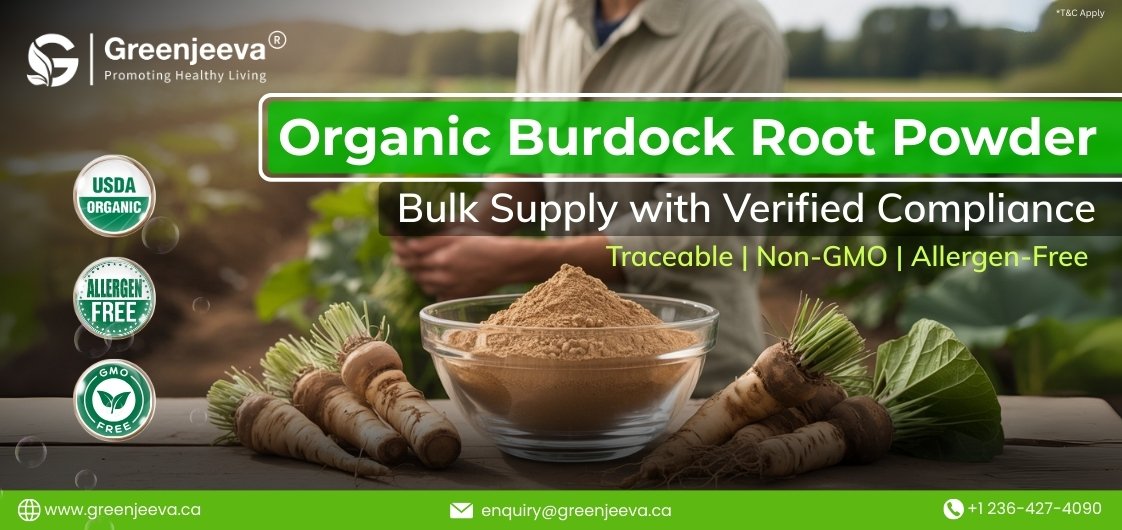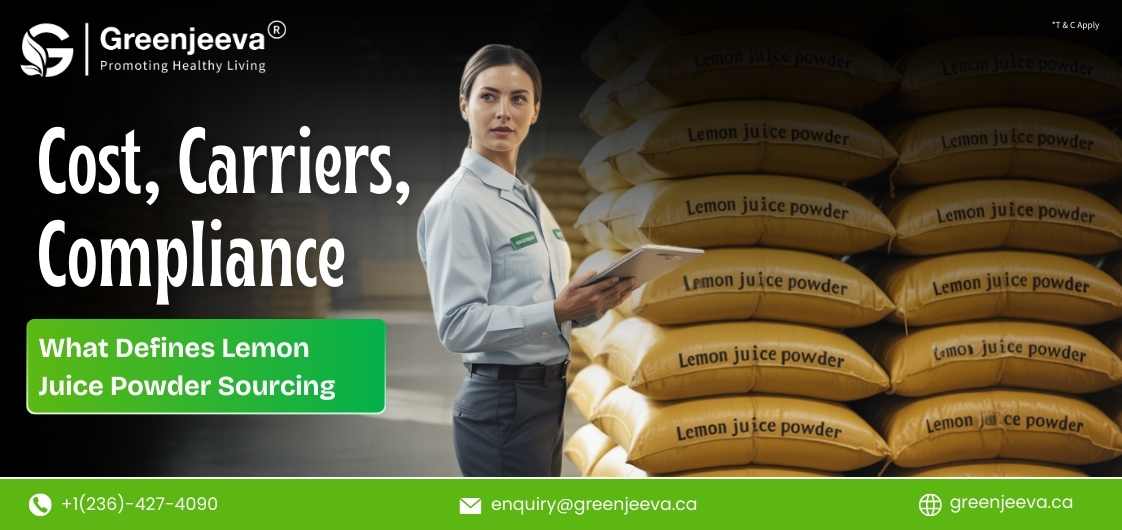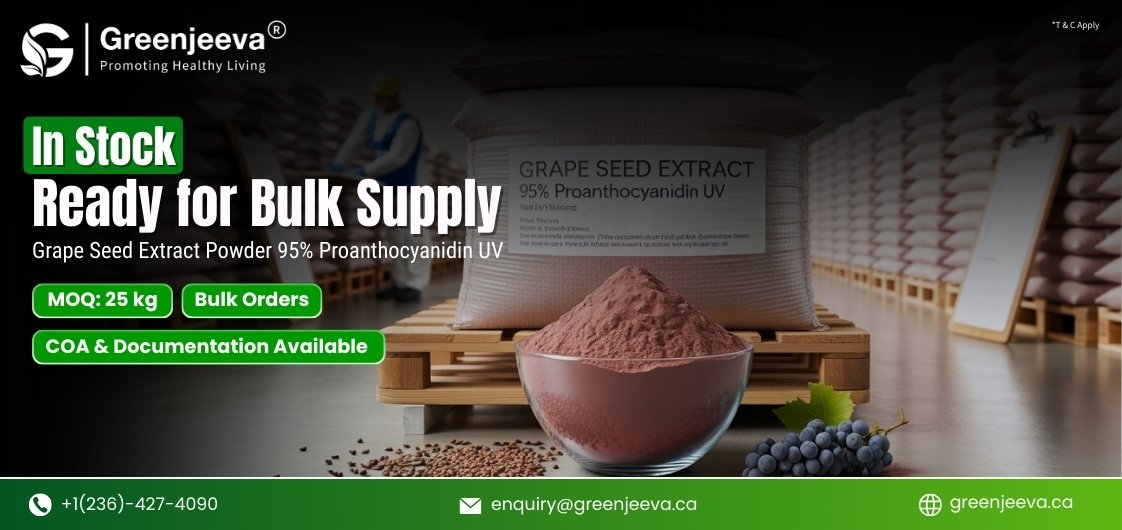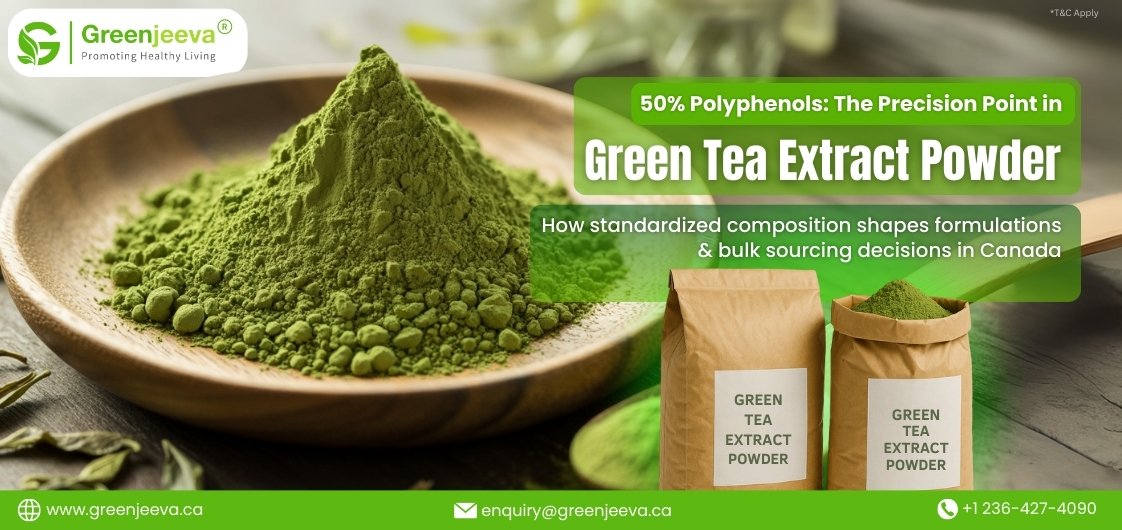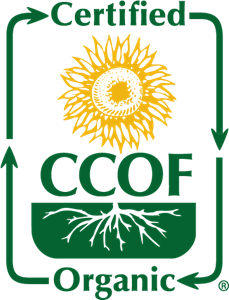Choosing the right botanical format is a practical decision that directly affects processing, consistency, and the value a product delivers. For sourcing teams, formulators, and production leads, that choice often comes down to how an ingredient behaves under real manufacturing conditions. Organic peppermint, a widely used botanical across tea, extract, and topical applications, often comes in two primary formats: cut and sifted (C/S) and powdered.
Choosing between them means weighing how well each holds up during processing, how it integrates into your formulations, and what kind of end-product experience it delivers.
This blog answers a key question many product teams ask: Does organic peppermint C/S retain more of its active compounds than powder? And what does that mean for your application?
What is cut and sifted peppermint?
Cut and sifted (C/S) peppermint refers to dried peppermint leaves that have been chopped into uniform pieces and sifted to remove dust, stems, or overly fine particles. Unlike powders, C/S maintains the integrity of the leaf’s structure, which helps preserve aromatic compounds such as menthol and menthone.
In manufacturing, C/S peppermint is a preferred format for tea blends, decoctions, tinctures, and essential oil distillation. It’s widely used across food, beverage, personal care, and wellness formulations where flavor, aroma, and sensory attributes are essential.
Does peppermint C/S retain more active compounds?
Yes, peppermint C/S often retains more of its native volatile compounds than powdered forms. The key reason is that C/S format reduces surface area exposure during drying, storage, and processing. When the leaf is milled into powder, it increases the risk of oxidation and evaporation of volatile oils.
Compounds like menthol, menthone, and 1,8-cineole contribute to peppermint’s intense aroma and cooling properties. These compounds are more stable in C/S form because the botanical matrix is more intact, reducing degradation caused by air, light, and heat.
Which is better for formulation: C/S or powder?
It depends on the product type. For liquid-based applications such as tinctures, extracts, and infusions, C/S peppermint is often preferred. It allows for better solvent penetration while maintaining a stronger phytochemical profile.
For dry mixes, capsules, or premixes where uniform blending is key, powdered peppermint might be chosen. However, formulators often trade off potency when switching to powder due to compound volatility.
In clean-label and natural formulations, C/S is ideal when whole-herb identity and aroma integrity matter. It also offers better filtration when used in large-scale extract manufacturing.
Is C/S peppermint better for extract manufacturing?
For ethanol- or water-based extraction, C/S peppermint provides an advantage. The larger leaf fragments allow for controlled extraction without clouding or over-processing. It also reduces residue in filtration systems and maintains flavor consistency across batches.
During steam distillation, C/S offers a more stable base for essential oil extraction. The menthol content, along with menthone and menthyl acetate, can be retained more efficiently than in powdered forms. This ensures consistent sensory properties across applications.
How to choose peppermint format for product development?
When deciding between cut and sifted and powdered peppermint, formulators should consider:
- Solubility and filtration needs: C/S filters cleaner in liquid systems.
- Volatile compound retention: C/S holds menthol and volatile oils better.
- Processing compatibility: Powder may clog or dust during handling; C/S is cleaner.
- Product positioning: C/S aligns with whole-herb and tea-grade applications.
If your product relies on aroma or cooling profile, or if you are developing tea blends or extracts, C/S is likely a better fit.
Why do formulators prefer cut and sifted botanicals over powdered ones?
In addition to retaining volatile oils, C/S offers operational advantages. It reduces product loss during sieving, handles better in bulk storage, and ensures traceability of raw plant parts. It also allows visual inspection, making quality control more straightforward.
Powders can be more prone to adulteration and are harder to verify visually. For sourcing heads and R&D professionals, this matters in long-term supplier agreements and quality audits.
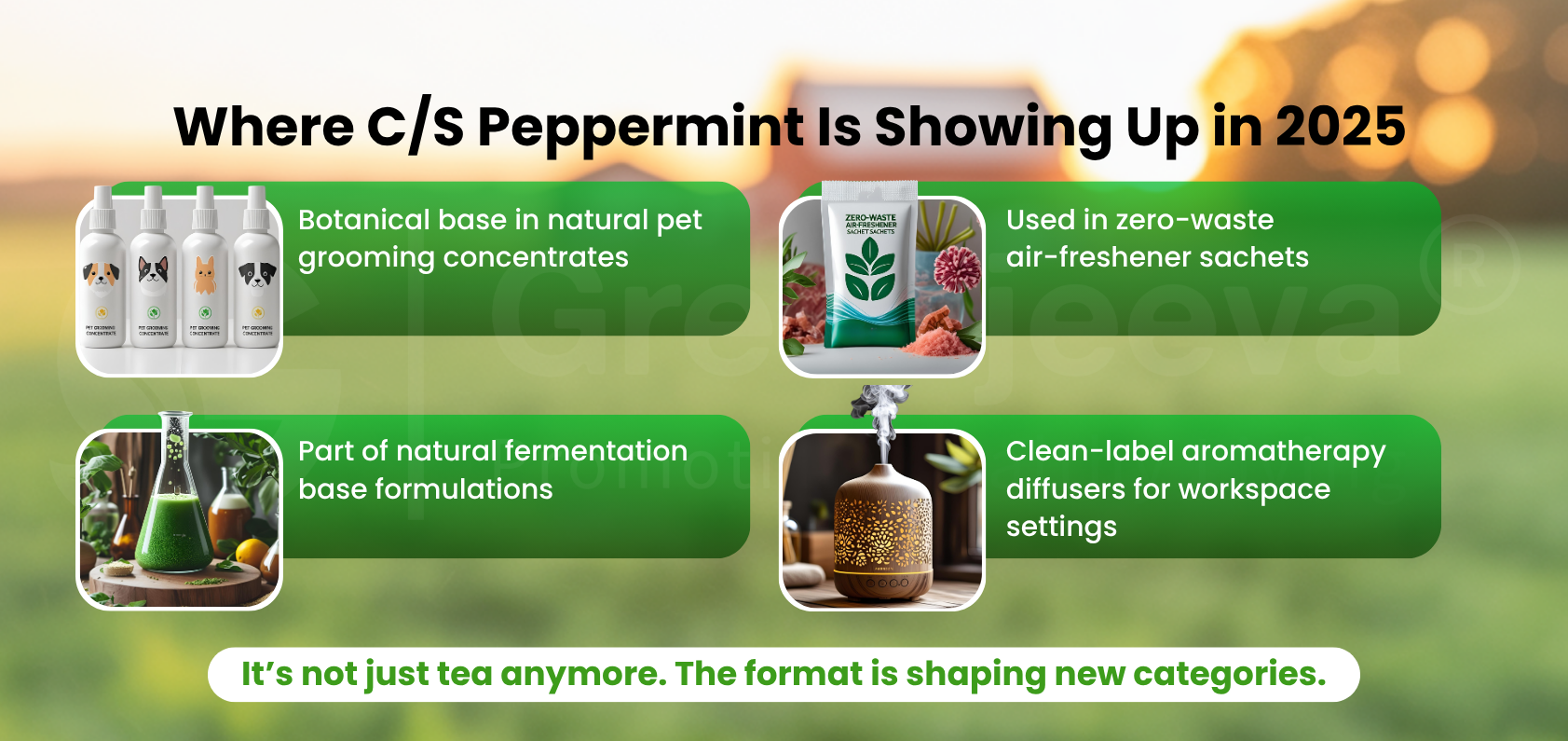
Can cut and sifted peppermint be used in both food and topical products?
Yes. C/S peppermint is commonly used in:
- Herbal tea blends: Where appearance and aroma drive product value.
- Liquid extracts: Due to cleaner separation and better oil retention.
- Topical formulations: As a source for in-house distillation of peppermint oil or for decoction bases.
- Toothpaste and oral care bases: As part of botanical pre-blends.
Because the structure is preserved, formulators have better control over infusion times, solvent exposure, and sensory delivery.
What makes cut and sifted peppermint ideal for tea and extract manufacturing?
Tea manufacturers prefer C/S because it ensures better brewing control and preserves the look and feel of a natural herbal blend. Extract manufacturers benefit from more predictable yields of volatile oils.
For both, menthol content and aroma strength are critical. C/S helps standardize these parameters, improving consistency from batch to batch.
Green Jeeva: Supporting Clean Ingredient Sourcing
If you’re sourcing botanical ingredients for formulation, extract manufacturing, or bulk processing, consistency and quality matter. Green Jeeva Canada supplies organic peppermint C/S in bulk quantities with traceable documentation, third-party lab testing, and a focus on clean-label compliance.
Our peppermint is processed under hygienic, food-safe conditions and is suitable for large-scale applications across food, beverage, personal care, and herbal manufacturing.
Looking for a consistent supply of bulk organic peppermint C/S?
Get in touch with the Green Jeeva team to request samples, technical documents, and price quotes for your region.
Disclaimer: This blog is intended for informational and B2B educational purposes only. It does not promote or imply health claims. Always consult your internal compliance team before launching a finished product.


